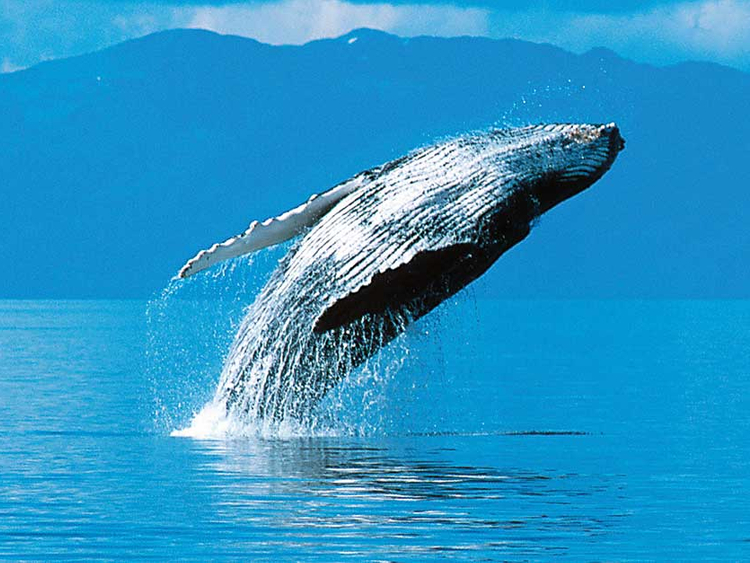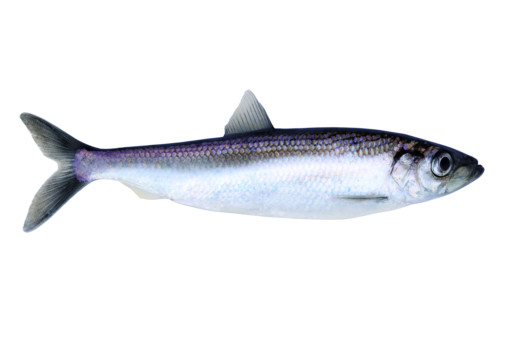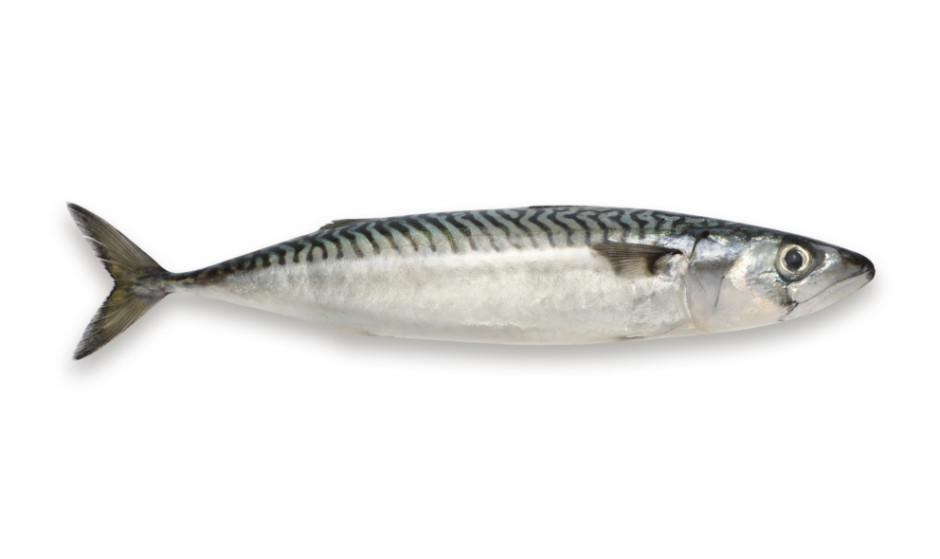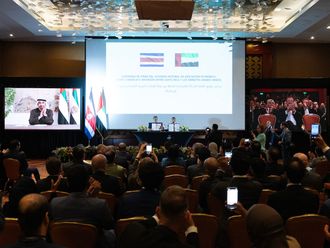
Omega 3: How big pharma companies benefit
The reduction industry for fish oil and allied products assumed different forms over the centuries:
18th century
The industry targeted whales, reducing northern hemisphere cetacean populations into isolated pockets of endangered species in order to make lamp oil and lubricants.
19th and early 20th century
It shifted to the southern hemisphere, reducing 390,000 of the 400,000 great whales that once roamed the Southern Ocean to margarine, nitroglycerine and other “marine ingredients”.
Later half of the 20th century
It shifted again and targeted small, oily fish such as anchovies, sardines and herring.
Late 1940s and early 1950s
The largest reduction operation in human history arose off the coast of Peru was in pursuit of the Peruvian anchoveta. The Peruvian anchoveta is by far the largest single species catch by tonnage in the world, some years comprising as much as 10 per cent of all fish caught. And although Peruvian anchoveta are as delicious as any anchovy on Earth, an industry-influenced Peruvian law dictates that more than 95 per cent of the catch must go to the reduction industry.
Latest move
Targeting Antarctic krill, the keystone prey species of the entire Antarctic ecosystem.
The anchovy journeys
Each decade brings a different use for all those anchovies.
■ In the 1940s: Used for fertiliser
■ 50s and 60s: Chicken feed
■ 70s: Pet food and animal feed
■ 80s and 90s: Aquafeed for salmon and other carnivorous fish
■ Now: The most elite product of the reduction industry: Dietary supplements















